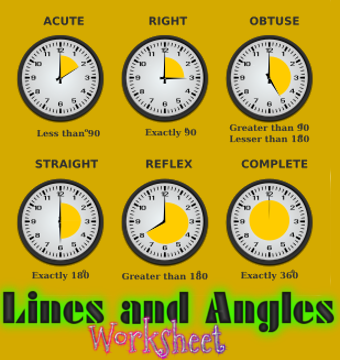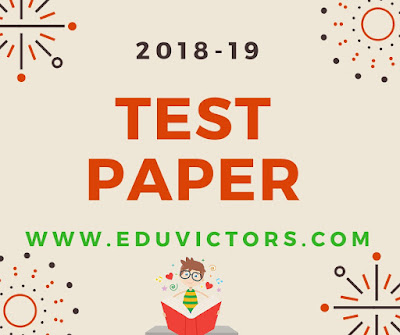Blog provides NCERT solutions, CBSE, NTSE, Olympiad study material, model test papers, important Questions and Answers asked in CBSE examinations. References to Educational Sites and resources.
Sunday, 16 September 2018
Wednesday, 12 September 2018
CBSE Class 9 - Chemistry - Matter in Surroundings - Short Questions Answers (#cbsenotes)(#eduvictors)
Chemistry - Matter in Surroundings
Short Questions Answers
Q1: Define matter.
Answer: Anything that has mass and occupies space is called matter.
Q2: Write your observation and conclusion for the following:
(a) When few marbles are put in a glass half filled with water.
(b) Ice is kept at room temperature.
Answer:
(a) Take some marbles and put them into the water of glass tumbler one by one. After some time you will notice that the water level crosses the mark and rises. This is because the marbles occupy space. Again weigh the glass with the marbles. You will find that the second mass is greater than the first one. This proves that marbles have mass.

Monday, 10 September 2018
CBSE Class 8 Social Science - Chapter 7 - Weavers, Iron Smelters and Factory Owners - NCERT Solutions (#cbsenotes)(#eduvictors)
Weavers, Iron Smelters and Factory Owners
NCERT Solutions
Class 8 Social Science - Chapter 7
Question 1: What kinds of cloth had a large market in Europe?
Answer: Cotton and silk textiles had a huge market in Europe. Indian textiles were by far the most popular, both for their fine quality and exquisite craftsmanship. Different varieties of Indian textiles were sold in the Western markets; for example, chintz, cossaes or khassa, bandanna and jamdani. From the 1680's, there started a craze for printed Indian cotton textiles in England and Europe, mainly for their exquisite floral designs, fine texture and relative cheapness. Rich people of England including the Queen herself wore clothes of Indian fabric.
Question 2: What is jamdani ?
Answer: Jamdani is a fine muslin on which decorative motifs are woven on the loom, typically in grey and white. Often a mixture of cotton and gold thread is used. The most important centres of jamdani weaving were Dacca in Bengal and Lucknow in the United Provinces.
Question 3: What is bandanna?
Answer: 'Bandanna' refers to brightly coloured and printed scarf for the neck or head. Originally referring to the hindi word, "bandhna" which means tying, it is a type of cloth produced through a method of tying and dying.
Question 4: Who are the Agarias?
Answer: The Agarias are an Indian community of iron smelters. In the late nineteenth century, after a series of famines, a lot of Agarias deserted their villages and never worked as smelters again.

Saturday, 8 September 2018
Class 7 - Maths - Lines and Angles (Worksheet) (#cbsenotes)(#eduvictors)
Lines and Angles (Worksheet)
Directions: Fill in the blanks to make the statements true.
1. If sum of measures of two angles is 90°, then the angles are _________.
3. If the sum of measures of two angles is 180°, then they are _________.
3. A transversal intersects two or more than two lines at _________ points.

CBSE Class 6 - Science - Chapter 6 - Changes Around Us - Multiple Choice Questions (#cbsenotes)(#eduvictors)
Class 6 - Science - Chapter 6
Changes Around Us
Q1: Pick the change that can be reversed from the following.
(b) Melting of ghee
(c) Burning of candle
(d) Blooming of flower
Q2: Which of the following changes cannot be reversed?
(a) Hardening of cement
(b) Freezing of ice cream
(c) Opening a door
(d) Melting of chocolate
Q3: An iron ring is heated. Which of the following statement about it is incorrect?
(a) The ring expands
(b) The ring almost comes to the same size on cooling
(c) The change, in this case, is reversed
(d) The ring changes its shape and the change cannot be reversed

Subscribe to:
Comments (Atom)

